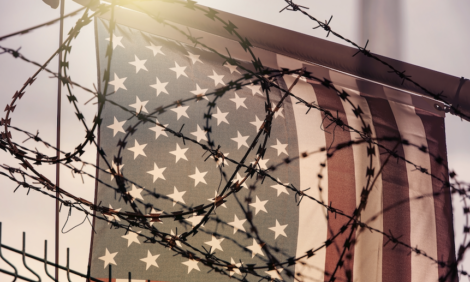



The truth about food fraud
UK - Is that tuna in your sandwich? Or was the fish in the can a different species altogether? From careless labelling to outright deception, food fraud in Britain has reached epidemic proportions - and most of us have no idea what we're being sold. How can we sort the organic wheat from the GM chaff? Kate Ravilious uncovers the tricks of a very dirty trade.But what if some of your expensive ingredients are not what they purport to be? Did that salmon really swim along the river Dee? Are those muddy carrots definitely organic? Were the jersey royals lifted out of the rich Jersey soil, or did they come from the altogether damper loam of Ireland? And that manchego - are you sure it was made from sheep's milk and flown in from the high, rocky plains of La Mancha in Spain?
Food fraud is big business. The UK Food Standards Agency believes that around 10 per cent of our weekly shopping may be counterfeit. Many of the everyday goods that we buy - honey, orange juice, ham, butter and coffee - generate serious money for the food criminals. From printing misleading labels to diluting or modifying the food itself, it's easier than ever for suppliers to dupe consumers.
Last week, an inspection by the Department for Environment Food and Rural Affairs (Defra) at Heart of England Eggs, a major supermarket supplier in Bromsgrove, Worcestershire, raised suspicions that battery-farmed eggs were being packaged and labelled as (more expensive) free-range. With such a wide distribution network, these eggs could have found their way on to the shelves of supermarkets across the country.
Britons eat 9 billion eggs each year, and just under a third are free-range. But Defra suspects that almost 30 million eggs labelled as free-range are in fact no such thing. By the time they reach the consumer, it is almost impossible to tell. But Defra has developed a highly accurate means of determining the truth. When eggs are first laid, their shells are still relatively soft. In battery farms, newly-laid eggs rest on wire racks, leaving tiny marks on the surface. Invisible to the naked eye, these marks can be seen under ultraviolet light - not an option for the busy shopper, but a key weapon for food scientists in the war against fraud. And with the stakes so high, it's the appliance of science that offers the best hope of a fairer deal for consumers.
Source: belfasttelegraph.co.uk


